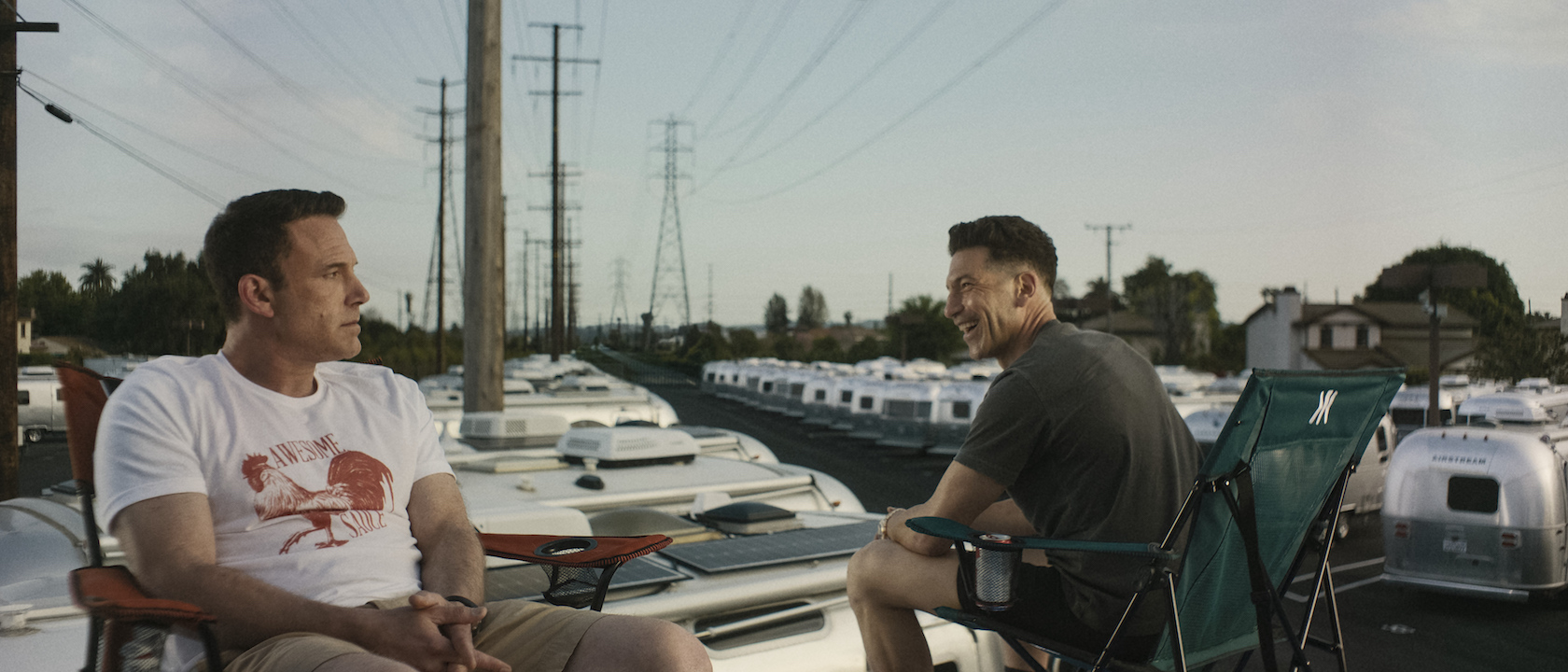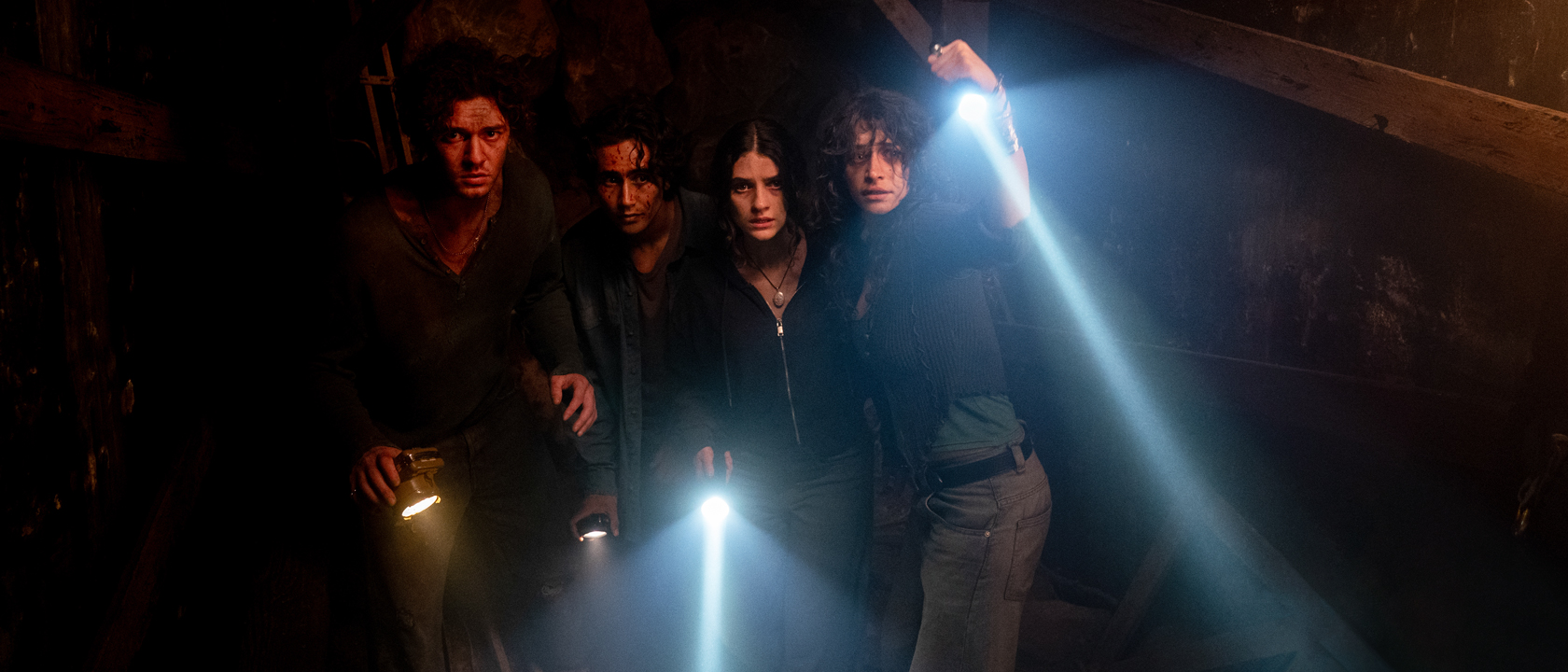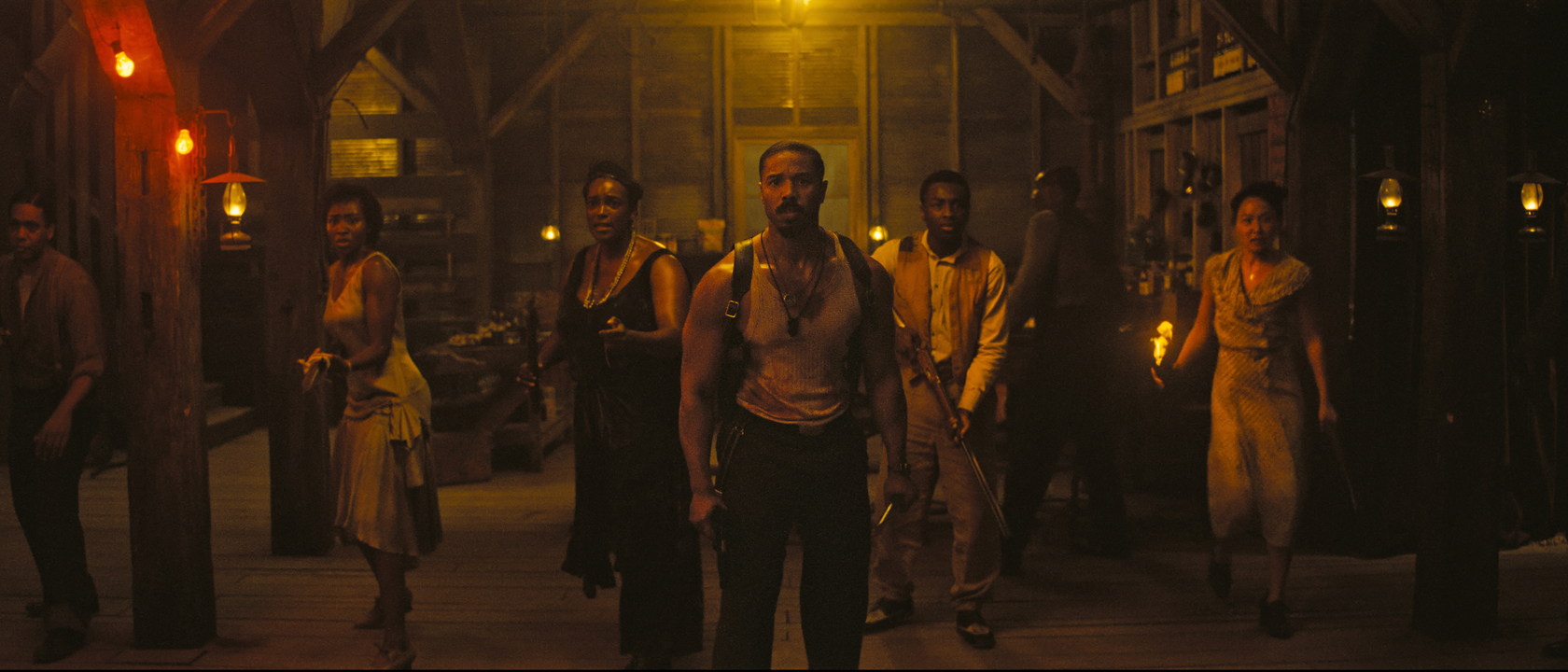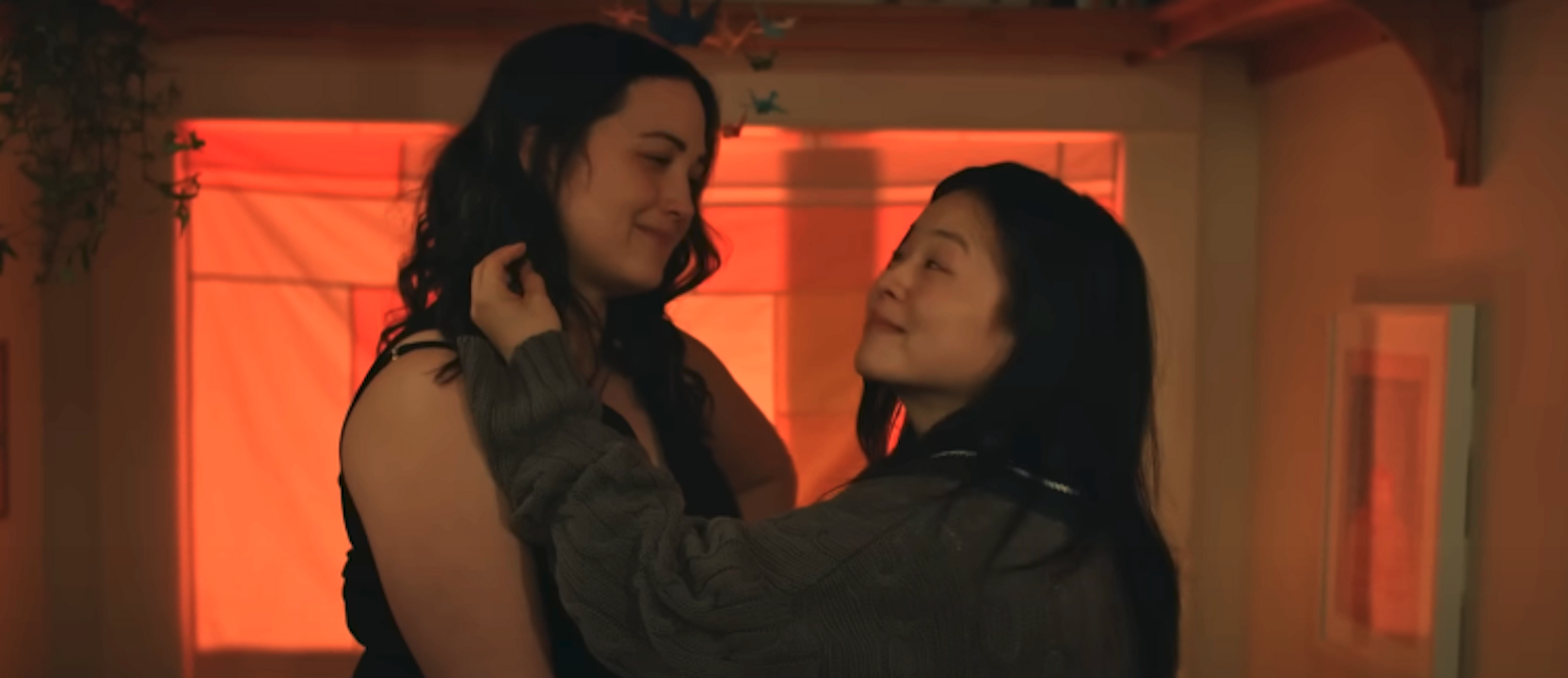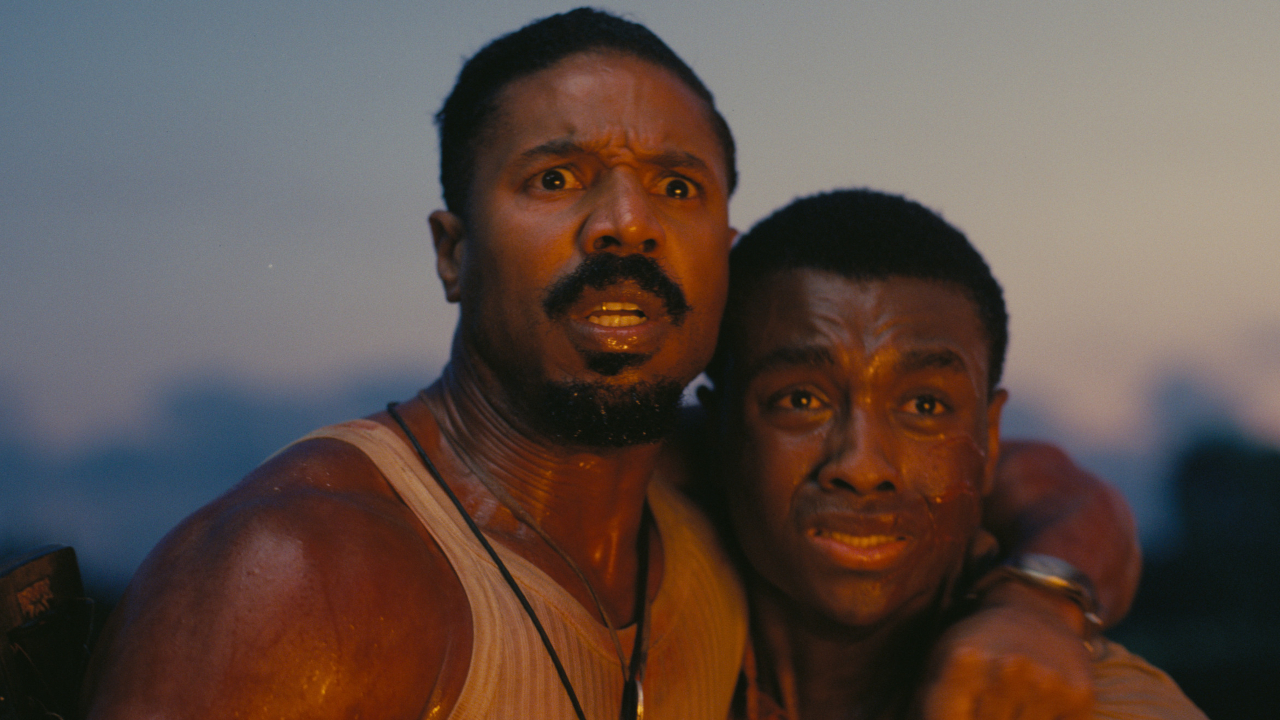Wow! This film was a total blast from start to finish. It's more than Good, has little that is Bad, and is filled with the Weird. A completely stylized movie, it's a madman's Western made by and starring South Koreans who have as much claim to the American West as the Italians did in the '60s. The title is a hint to the Sergio Leone-esque approach, but Leone's operatic style is only one of many that director Kim Ji-Woon (A Tale of Two Sisters) splashes across the screen. In truth, the Leone homage conceals the film's actual forebears, directors Steven Spielberg and George Miller, whose rough-and-tumble yet balletic action choreography and sweeping camerawork in films such as Raiders of the Lost Ark and The Road Warrior are pushed to the limit in this film. Ji-woon and co-screenwriter Kim Min-suk lift the basic plot from Leone's masterpiece, The Good, the Bad, and the Ugly while sending their own trio of miscreants after a buried treasure hidden deep in the Manchurian desert. Park Chang-Yi (Lee Byung-Hun) is the "Bad" from the title. An assassin, he has slicked-back hair that droops over one eye like a parody of Sadako from The Ring and is clad in a long, black Tuxedo jacket like a deranged orchestra conductor covered in blood. Chang-Yi attempts to steal the treasure map but is thwarted by the presence of two other men. The "Good" is bounty hunter Park Do-Won (Jung Woo-Sung), who is one part Clint Eastwood to two parts Errol Flynn. It's not every day you get to see a swashbuckling cowboy, but Do-Won performs some Captain Blood-style stunts, firing his rifle while swinging high on cables during one of the film's many dazzling action sequences. Both men are after the "Weird," a small-time bandit named Yoon Tae-Goo (Song Kang-ho) who has made off with the legendary treasure map, though he has no idea of its value. Along with the "Good" and the "Bad," he soon has Chinese bandits on his trail, as well as the Japanese Army!
The film appears to be a Western at first glance due to the parade of rifles, horses, ten-gallon hats, and an opening "Great Train Robbery." But the setting is really much larger and more cinematically imaginative than it appears. It takes place in some Twilight Zone of 1930s Japanese-occupied Manchuria, where stylishly dressed killers, bandits, and cowboys exist in the same frame as Military jeeps and motorcycles while dodging bullets from six-shooters and machine guns. In tone and style the film feels less like a Western and more like an Indiana Jones adventure written by Quentin Tarantino. The pastiche approach, episodic form, and sheer bravado is much like Tarantino's work. But Ji-Woon has a certain intoxicating giddiness all his own. The Good, the Bad, the Weird is a complete work of artifice, and part of the fun comes from its theatricality. Each of the film's major action sequences is based upon the setting, and no set is just for aesthetic purposes. Part of the fun is seeing a new setting and trying to guess what kind of crazy action it's been designed for, like a wild ride at Disneyland. The opening train robbery, for example, is breathtaking work, seamlessly integrating stunts, sets, special effects, and nearly 360-degree camera movement that shifts from inside the train and out in a split second. It takes what is a normal limitation of scenes set on trains -- small spaces -- and shatters it with complete visual freedom. The Good, the Bad, the Weird is truly one of those "live wire" films that makes all other films look lazy and dead.
It would be easy for this sort of film to lose its story and characters under an avalanche of spectacle, but this is where Ji-Woon is most effective. The three lead actors, Song Kang-ho in particular, make such an impression with their stylized characterizations that they never fail to command attention. Ji-Woon keeps the characters and their humor at the center of every scene, whether a quiet talk by a campfire or a huge action set piece defined by a 20,000 Leagues Under the Sea scuba helmet that protects Yoon Tae-Goo from bullets while also making him look completely ridiculous. It's a technique that goes back as far as Buster Keaton in The General but one that never fails to work. Even when the action nearly reaches the scale of Lawrence of Arabia near the climax, the film remains character driven and personal. Usually we are just lucky enough to get a decent DVD of a foreign film like The Good, the Bad, the Weird, but IFC Films has really given this film its due. Presented in 2.35:1 anamorphic widescreen, the image is bright and colorful, demonstrating all the hyper-real vibrancy of the original film. Sound mix is a 5.1 Dolby Digital track that captures all the small details, from ricocheting bullets to the various levels of period truck engines and galloping horses. There are three language tracks, Korean, Japanese, and Chinese (Mandarin), and the film is subtitled in English, English SDH, and Spanish. The subtitles are easy to read and placed thankfully on the bottom third of the frame, over the letterbox. Technically, the DVD is fantastic.
What is a wonderful surprise is the number of extras included, most seemingly ported over from the Korean DVD release. Even though there is no commentary track from director Ji-Woon, these extras more than make up for it. The "Behind the Scenes" extra is exactly the kind of thing more Hollywood films should imitate. Just a series of random glimpses of the shooting process, one can learn more about what it took to make a film from this approach than the guided-tour process seen in most standard DVD "making of" featurettes. This was intriguing enough, but we also get two more short extras, "Making of #1" and "Making of #2," which chronicle more of the hardships involved in shooting this ambitious film. Sandstorms in particular.
Along with those excellent featurettes, you get interviews with all three stars and director Kim Ji-Woon, which seem much more casual than normal. The DVD extras round out with the theatrical trailer and a Cannes Highlight Reel, which shows how well the film was received by the international audience. Really, it's hard to imagine what audience wouldn't embrace this fun film.
NBA Legend Bob Cousy Gets Real About What It Means To Be A Winner In Exclusive Celtics City Clip, And I’ve Got Chills
‘There Came Terrible Crunching Sounds.’ Jeremy Renner Detailed The Mistake That Led To His Horrific Snow Plow Injuries
ESPN’s Coverage Of The NFL Draft Had An Obvious Problem, And I’m Not The Only One Who Noticed

